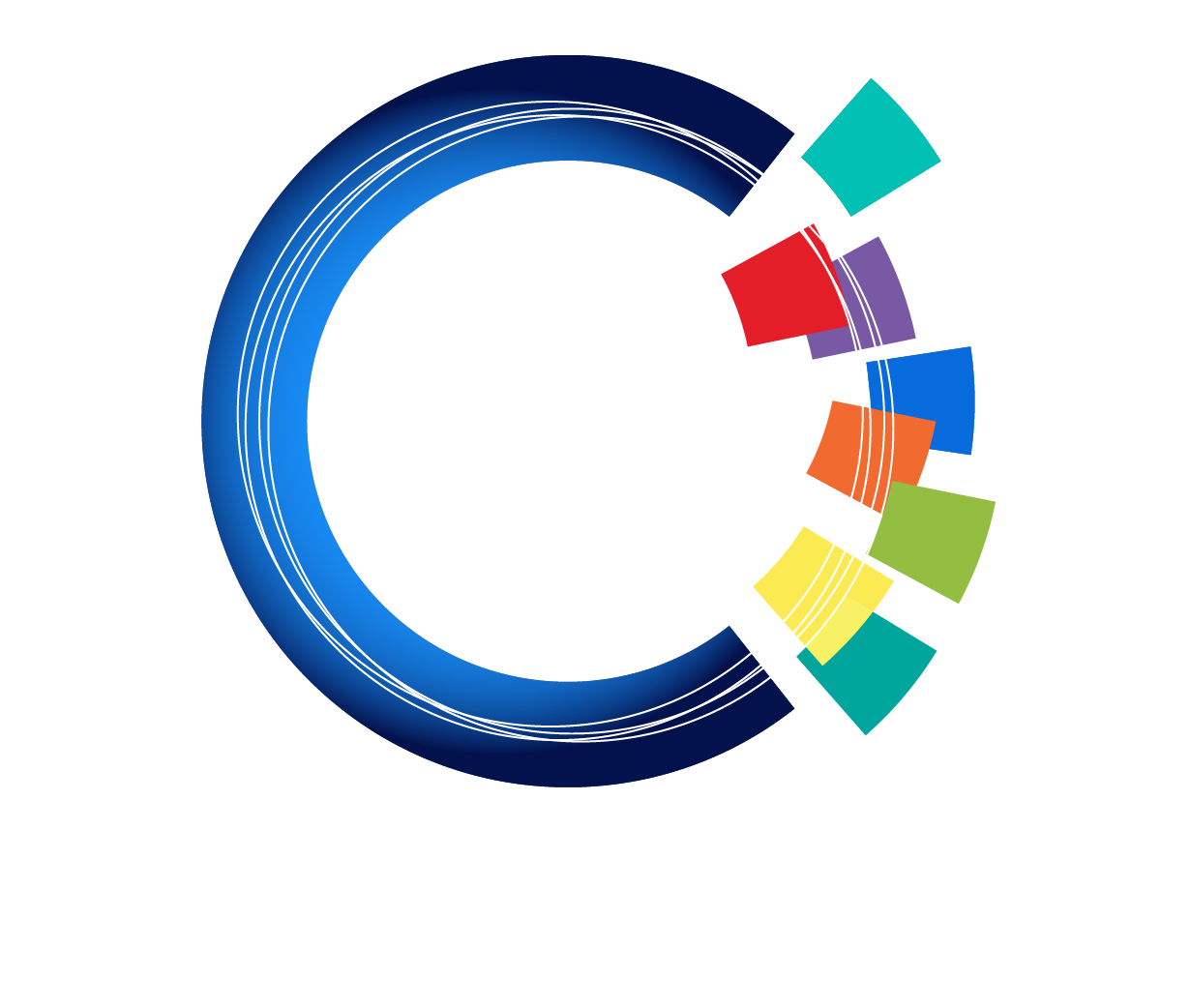CERN has a demographic imbalance in gender, only about 20% of employees are female. The Organization has always been aware of this situation and aims to create a welcoming and safe environment for all employees, regardless of gender. General research from around the world has demonstrated that women who want to develop a career often are confronted with specific obstacles, such as family-work balance, caring for elderly parents, having to meet higher expectations, being confronted with less tolerance for failures, etc. Their careers can also be threatened by lack of respect, including harassment.
Harassment can take different forms:
- gender harassment: verbal and nonverbal behaviors that convey hostility, objectification, exclusion or second-class status of members of one gender
- unwanted sexual attention: unwelcome verbal or physical sexual advances, which can include assault
- abuse of power: when favourable professional treatment is conditioned on sexual favors
Harassing behavior can be either direct (targeted at an individual) or ambient (a general lack of respect for women in an environment).
In 2018, the American National Academies of Science, Engineering and Medicine published an extensive report on sexual harassment of women identifying a number of characteristics that put Organizations at risk of sexual harassment:
- Male-dominated environment: not only numerical dominance, but also overrepresentation of men in influential and decision-making positions
- Environments where some jobs or occupations are considered atypical for women
- Organizational tolerance for sexually harassing behaviour
- Focus of performance management on individual performance rather than on cooperation and collegiality
- Fear of retaliation
- Situations of strong hierarchical dependency
- Isolating environments (e.g. remote labs, workshops, etc…)
Organizations which address this issue mainly work on inducing a real change in culture and climate. Like at CERN, they value and support diversity, inclusion and respect and their management is aware and committed to eliminate all sources of harassment. There is a public commitment to making prevention and elimination of harassment a top priority. Some of the organizations diagnosed the issue using research methods such as climate surveys or interviews. In general, their performance evaluation systems focus more on collegiality and cooperation than on individual achievement. They also try to avoid concentration of power and strong one-to-one hierarchical dependence. Like at CERN, these organizations have put in place support and formal and informal reporting structures for victims of harassment. In these organizations, the disciplinary actions taken against the convicted authors of harassment are reported in an open way, thereby balancing confidentiality and transparency. Finally, employees benefit from training programmes focusing on changing behaviours. These different actions eventually lead to all employees feeling individually accountable for preventing and reducing harassment.
Over many years, CERN has put in place a wide array of structures and support services. It is important that all members of personnel at CERN are aware of these support services and make use of them. Click here to learn about CERN’s many support structures.
Pierre Gildemyn
If you’d like to comment on any of my articles or suggest a topic that I could write about, please don’t hesitate to e-mail me at Ombuds@cern.ch.
